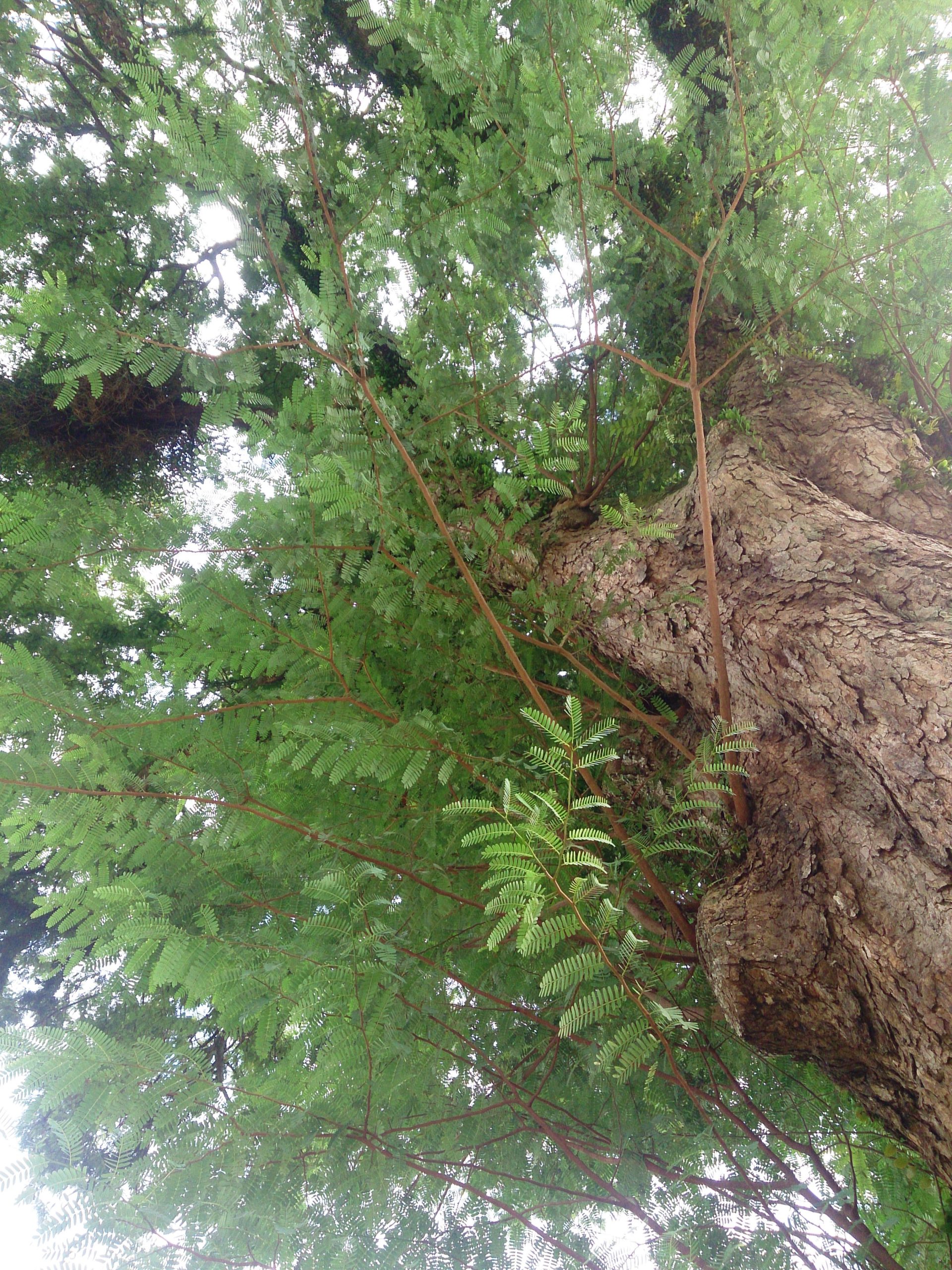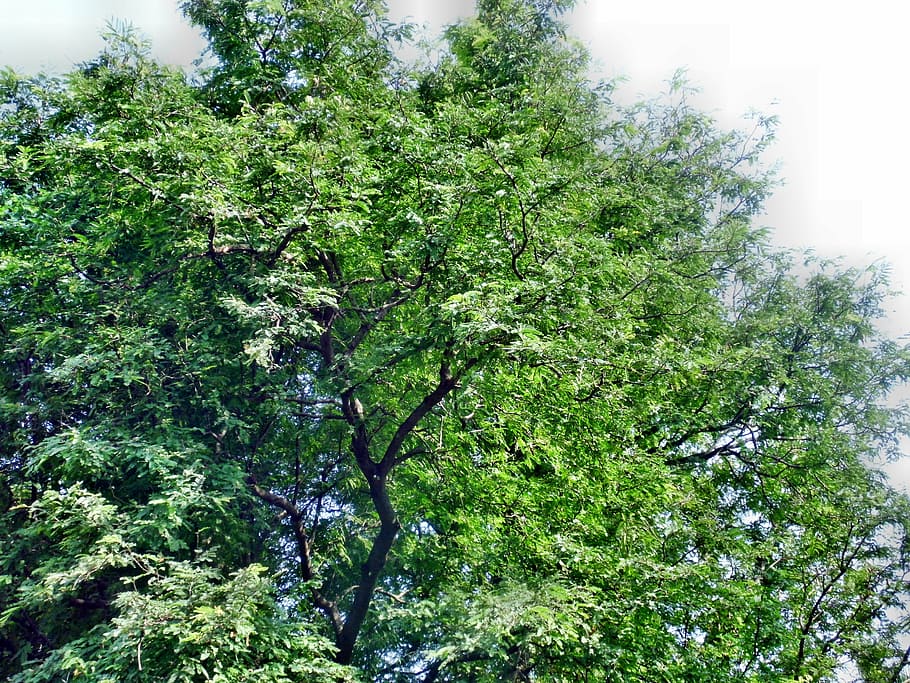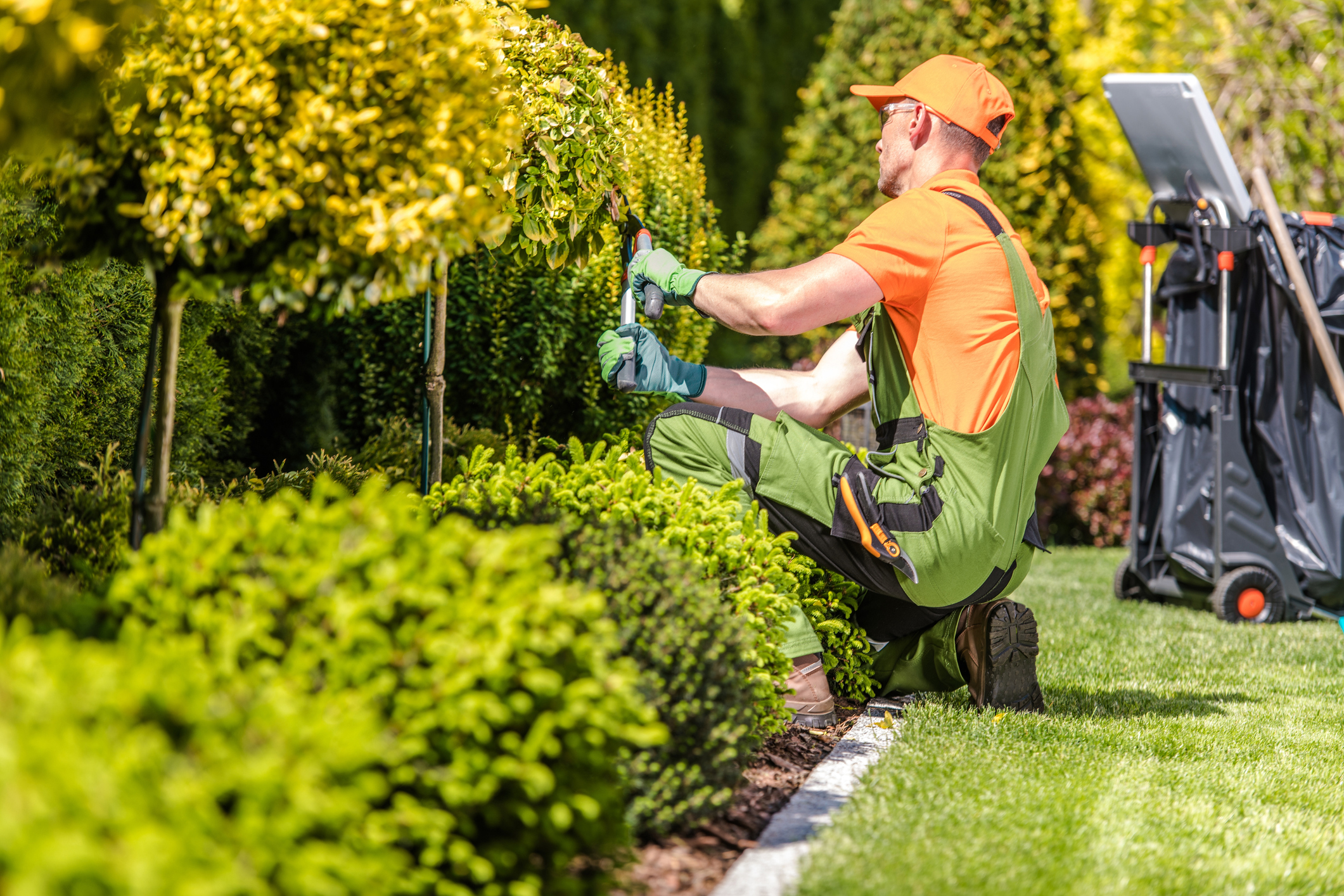Previously in part 1, we had a brief look at the tamarind tree, where to plant it and when to harvest without forgetting the importance of trimming to maintain the shrubs healthy and safe.
In part 2, further precision was brought concerning how do you plant a tamarind tree in a pot, how do you plant it in the ground, growing and caring for the tamarind tree in the ground and in pots while again emphasizing on the importance of trimming to keep the plant safe from diseases, pests and parasites. And, finally, we had an indication on when and how to harvest, without forgetting the conservation of the fruit itself, and also how you can sow to multiply the number of plants.
Now, in part 3, this post will cover broader information on:
– Layering of the tamarind tree
– Grafting
– Properties and uses of the tamarind seeds and woods
Layering the tamarind tree
Layer in Spring. Natural layering usually occurs when a branch hits the earth, whereupon adventitious roots are formed. The relation with the parent plant is broken at a later stage and as a result, a new plant is created.
To carry out layering:
– Strip a 2.5 cm wide twig area 15-30 cm above a branch or trunk rejection.
– Lift the “bark” which also includes the bast and cambium layer and apply wet peat or clay to the wound, held in place by a plastic sheet tied to the twig with raffia.
– Root production takes 2-3 months. Then separate the target region and plant it in a pot or in the ground.
Grafting
With different methods of work, such as slit grafting, or patch grafting, you can graft in the spring.
Environmental tips
The tamarind tree (Tamarindus indica) tolerates poor soils, drought, wind, and sea spray (salty). On the other hand, nothing, not even grass, grows at its foot, which is an advantage as a firebreak. Repellent substances emitted by the roots and the dense shade of its broad crown are probably responsible for this. In the Sahel, the tamarind tree is often associated with the baobab tree (Adansonia digitata), where it germinates easily. It also often grows on termite mounds, but the seedlings are often grazed by cattle. It is also found along riverbanks, but never in rainforests.
Properties and uses
Nutritional properties
The young pods of the sweet varieties can be sucked like candy. The pulp has a calcium content of 0.11%, which is exceptional for a fruit. It also contains organic acids (including tartaric acid which can replace lemon), phosphorus, and up to 40% sugar for the sweetest varieties, high content of vitamin B, carotene, 5 mg/100 g vitamin C pulp and caloric content of 176 Kcal/100 g.
Uses of tamarind pulp
The pulp with added sugar, whose flavor evokes the common medlar (Mespilus germanica), is used as a base for drinks such as tamarind refresco in South America or tamarindade in Réunion and the West Indies. It also provides syrups, fruit pastes and serves as a basic ingredient in Mexican or Indian cuisine. The Thais also use the young acidic leaves in fish salads and Kaeng som soups, fresh or cooked flowers in shrimp paste and chili sauce. The pulp of the young pods, which is slightly laxative, is combined with sweet shrimp paste for its vinegar flavor or is accompanied by a sweet and sour chili paste called prik ka kriea. It is also one of the main ingredients in Worcestershire sauce.
The last part of this post will continue here: Plant a Tamarind Tree to Decorate Your Property (Part 4). Remember to leave your comments, and stay posted!




1 thought on “Plant a Tamarind Tree to Decorate Your Property (Part 3)”